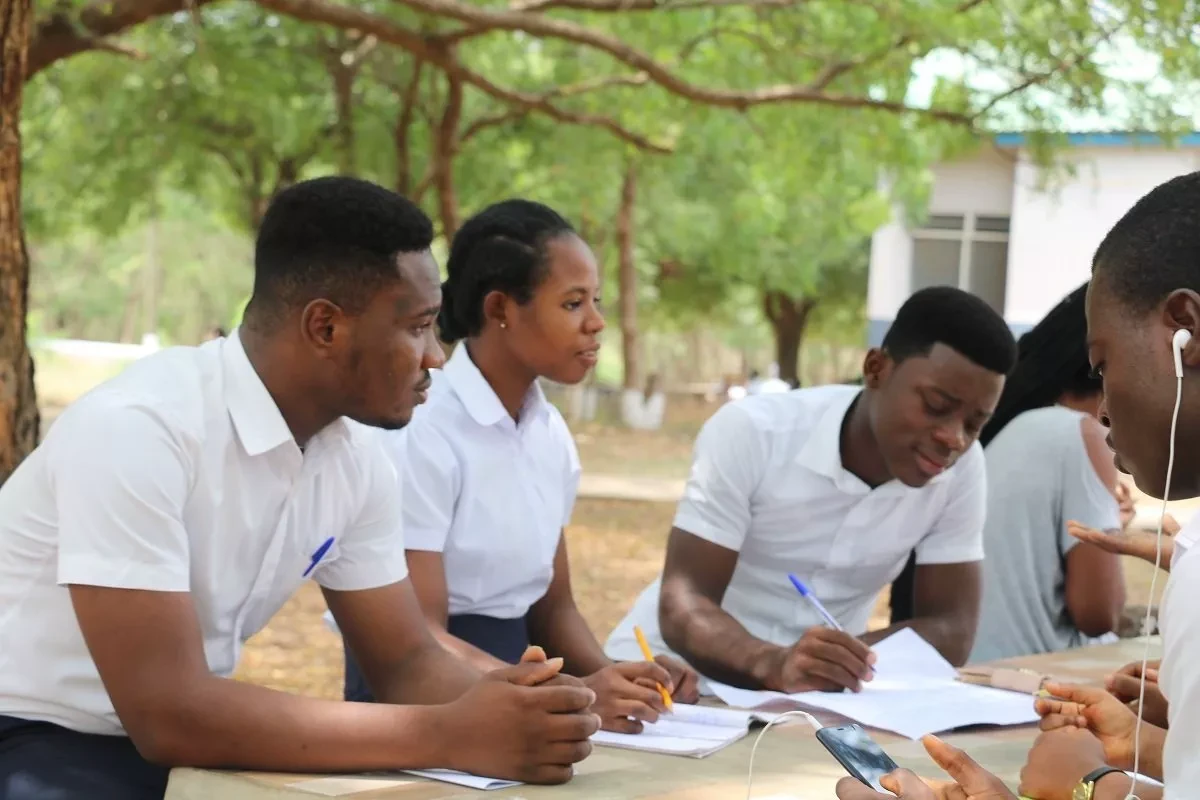Akatekyi Crocodile Pond: A Place...
September 29, 2025
As one of the 261 Metropolitan, Municipal, and District Assemblies (MMDAs) in Ghana, Aowin Municipal holds a vital position within the region, contributing to the diverse mosaic of Ghana's local governance. In this article, we delve into the past, present, and geographical attributes of the Aowin Municipal, shedding light on its evolution from district to municipality.
Originally known as the Aowin Suaman District, the area's local governance entity came into existence on the 23rd of November, 1988, following the enactment of the Local Government Legislative Instrument (L.I) 1392. This marked the inception of the district, which encompassed a broad swath of land in the Western Region of Ghana. However, the district underwent a transformation in 2012 when Suaman was carved out of it, leading to the district's reconfiguration into the Aowin District Assembly. This shift was formalized through the enactment of the Legislative Instrument (L.I) 2017, culminating in the district's elevation to the status of a municipality.

Spanning the mid-western expanse of the Western Region, the Aowin Municipal's geographical coordinates lie between latitude five degrees twenty-five minutes and six degrees fourteen minutes North (5° 25’ N and 6° 14’ N), and longitude two degrees thirty minutes and three degrees five minutes West (2° 30’W and 3° 05’W). Encompassing an impressive land area of 2,607 square kilometers, the municipality's diverse terrain encompasses rolling hills, lush forests, and picturesque river valleys. This natural diversity not only contributes to the municipality's unique charm but also plays a crucial role in shaping its socio-economic fabric.
At the heart of the Aowin Municipal's vitality lies its populace, a vibrant community that shapes the municipality's character and growth. According to the 2021 Population and Housing Census, the municipality's population stands at 129,721 individuals. This diverse assembly comprises 68,236 males and 61,485 females, reflecting a gender-balanced demographic distribution. These inhabitants, with their varied backgrounds and aspirations, contribute to the municipality's dynamism and progress.

Aowin Municipal shares its borders with several neighboring districts, contributing to its interconnectedness and cultural exchange. To the east, the municipality's boundaries merge with those of the Amenfi West Municipal, while the north is flanked by the Juaboso and Sefwi Akontombra Districts. The southern border is defined by the Jomoro Municipal, while to the west, Aowin Municipal shares a boundary with the Republic of La Cote d'Ivoire, fostering cross-border interactions and trade.
The Aowin Municipal stands as a testament to Ghana's intricate network of local governance structures, representing the amalgamation of history, geography, and people. Its evolution from district to municipality underscores its growing importance and role within the Western North Region. As the Aowin Municipal continues to develop and forge connections with its neighboring districts and beyond, its narrative remains an integral part of Ghana's ongoing journey towards sustainable growth and community-driven progress.
September 29, 2025
September 29, 2025
September 26, 2025
September 18, 2025
September 18, 2025
September 4, 2025
September 3, 2025
August 28, 2025
August 19, 2025
August 8, 2025